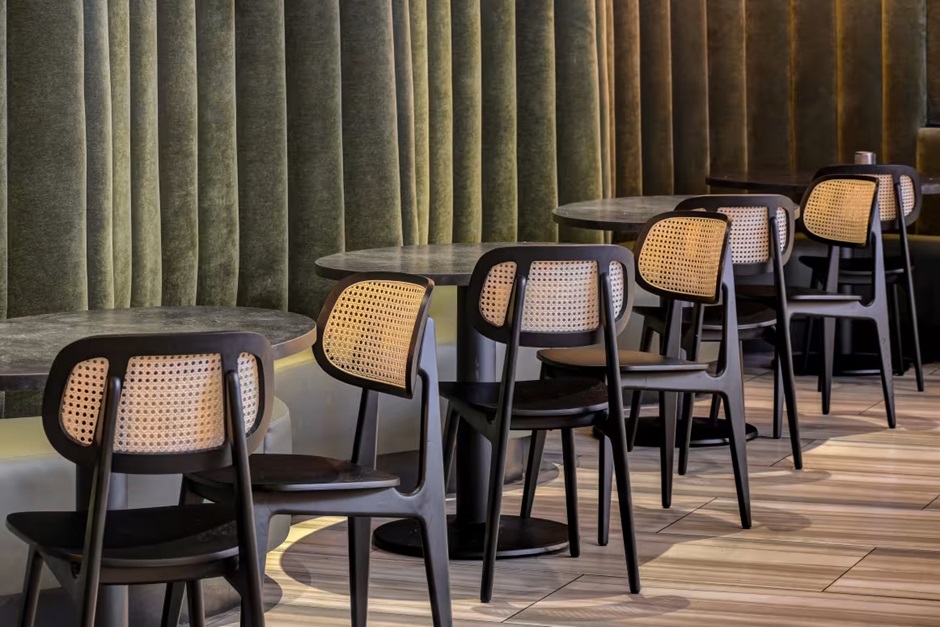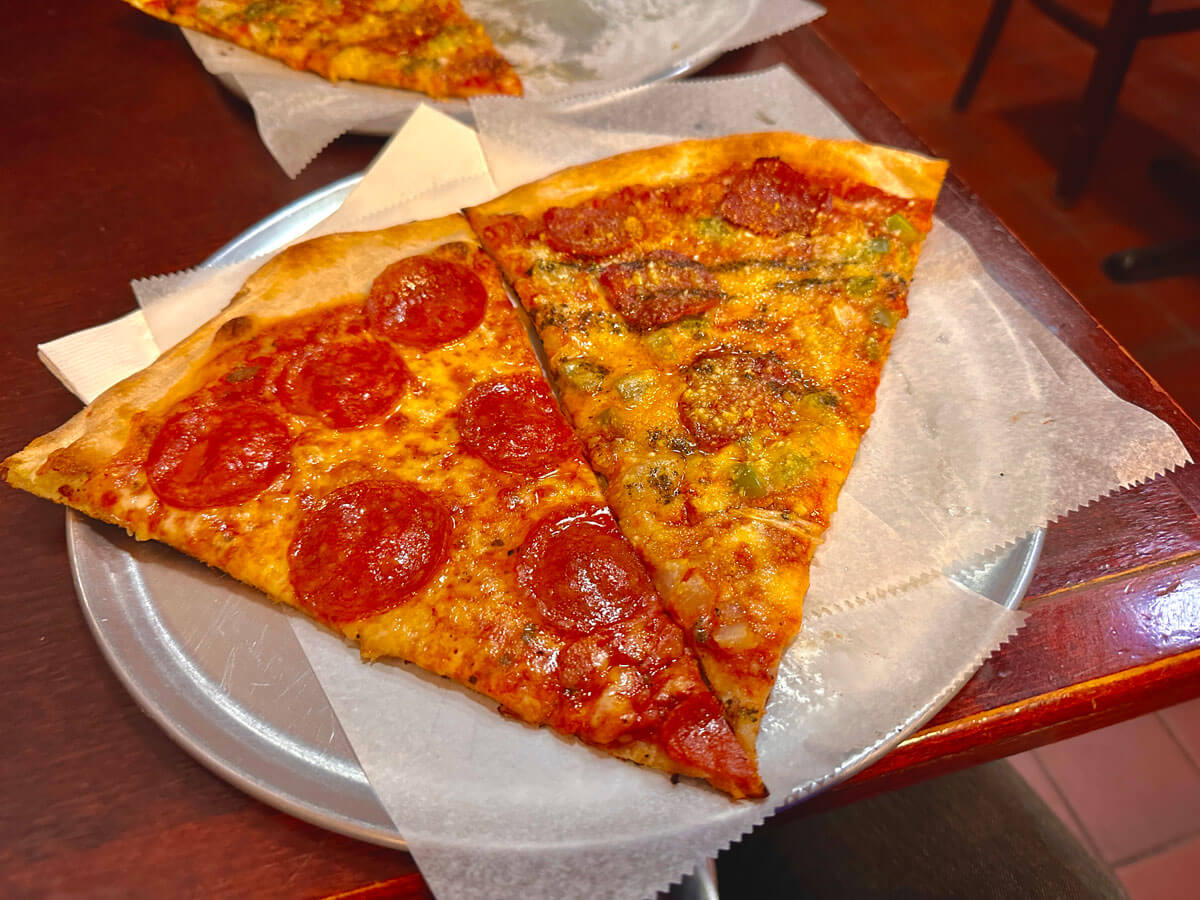Choosing the right restaurant chairs is a crucial decision for any dining establishment. They play a significant role in creating an inviting atmosphere, ensuring guest comfort, and reflecting the restaurant’s overall design aesthetic. This article will explore key considerations for selecting restaurant chairs, focusing on comfort, style, material, and functionality.
Understanding the Importance of Comfort
When it comes to restaurant chairs, comfort should be the top priority. Guests tend to linger longer in establishments that provide comfortable seating, which can lead to increased patronage and higher revenue. Here are several factors to consider regarding comfort:
Ergonomics
Ergonomic design is essential for restaurant chairs, as it directly affects how comfortably a guest can sit for an extended period. Look for chairs with contoured seats and backrests that support the natural curve of the spine. Additionally, consider options with cushioned seating to provide extra comfort.
Seat Height
The height of the chair in relation to the dining table is critical for guest comfort. Standard dining chair height typically ranges from 18 to 20 inches, while bar stools should be 28 to 30 inches tall. Ensure that the selected restaurant chairs fit well with your tables to facilitate easy movement and comfortable dining.
Cushioning
Cushioned seats can significantly enhance comfort. While some establishments may prefer minimalist designs, opting for chairs with sufficient padding can improve the overall guest experience. Consider the density and quality of the foam used, as it can affect how well the chairs maintain their shape over time.
Style and Aesthetic Considerations
The style of your restaurant chairs should align with the overall theme and aesthetic of your establishment. Chairs can enhance your brand identity and create a cohesive look throughout the dining space. Here are some considerations for selecting chairs that fit your restaurant’s style:
Design Trends
Staying current with design trends can elevate your restaurant’s aesthetic appeal. Whether your restaurant leans towards a modern, rustic, or traditional style, there are various options available. For a contemporary setting, consider sleek metal or plastic chairs with clean lines. In contrast, a rustic restaurant may benefit from wooden chairs with a distressed finish.
Color and Finish
The color and finish of restaurant chairs can greatly influence the ambiance of the dining space. Neutral colors tend to create a more sophisticated atmosphere, while bold colors can add vibrancy and energy. Additionally, consider how the chair finishes will interact with the surrounding decor, including tables, walls, and lighting.
Branding Opportunities
Restaurant chairs can also serve as a branding opportunity. Custom designs or logos on chairs can reinforce your brand identity and make a lasting impression on guests. Consider working with local artisans or manufacturers to create unique seating options that reflect your restaurant’s values and personality.
Material Selection: Durability and Maintenance
The material of restaurant chairs is another critical consideration, as it impacts both durability and maintenance. Different materials have varying lifespans and care requirements, so it’s essential to select options that can withstand the rigors of daily use in a restaurant setting.
Wood
Wooden restaurant chairs are a classic choice, offering durability and a timeless aesthetic. They can be stained or painted to match your decor, but they may require regular maintenance to prevent wear and tear. Choose hardwood options like oak, maple, or beech for longevity.
Metal
Metal chairs are highly durable and often lightweight, making them easy to rearrange for different dining arrangements. They can also be treated to resist rust and corrosion, making them suitable for outdoor settings. However, metal chairs may not always provide the same level of comfort as cushioned options.
Plastic
Plastic chairs are versatile, cost-effective, and available in a wide variety of styles and colors. They are easy to clean and maintain, making them ideal for high-traffic environments. However, ensure that they are designed for commercial use to guarantee durability.
Functionality and Practical Considerations
In addition to comfort and style, functionality is paramount when selecting restaurant chairs. Consider the following aspects:
Stackability and Storage
If your restaurant hosts events or requires flexibility in seating arrangements, opt for stackable chairs. These can be easily stored when not in use, freeing up valuable space in your dining area.
Weight and Mobility
The weight of the chairs is essential for ease of movement. While heavier chairs may offer stability, lighter chairs can be rearranged easily, which is beneficial during busy periods. Strike a balance between stability and mobility based on your restaurant’s specific needs.
Safety Features
Safety is another consideration when selecting restaurant chairs. Look for chairs with rounded edges to reduce the risk of injury and non-slip feet to prevent accidents on smooth flooring.
Conclusion
Selecting the right restaurant chairs involves balancing comfort, style, material, and functionality. By considering these factors, you can create an inviting atmosphere that enhances the dining experience for your guests. Thoughtfully chosen restaurant chairs not only complement your restaurant’s aesthetic but also contribute to customer satisfaction and retention. Ultimately, investing in quality seating is an investment in your restaurant’s success.



